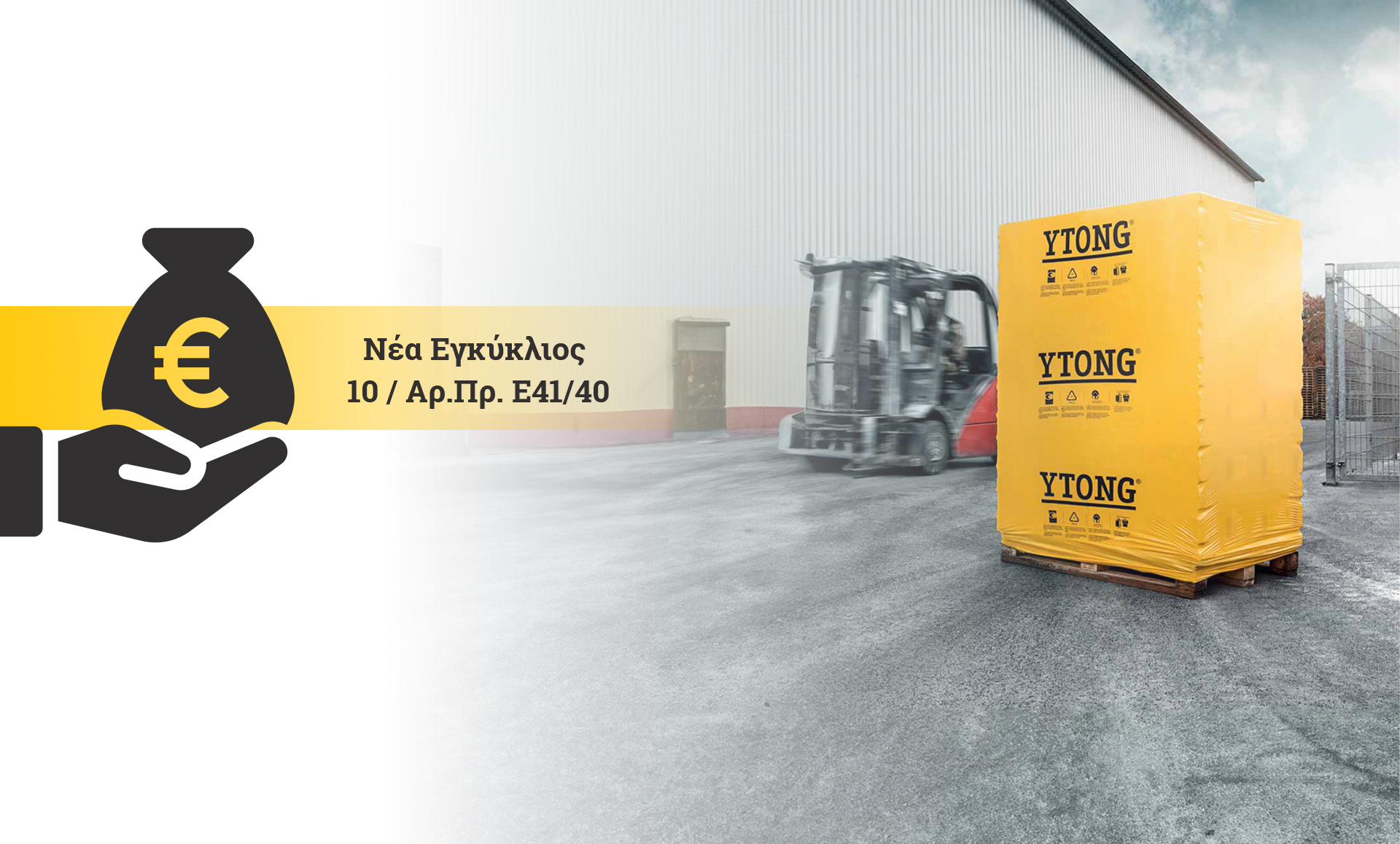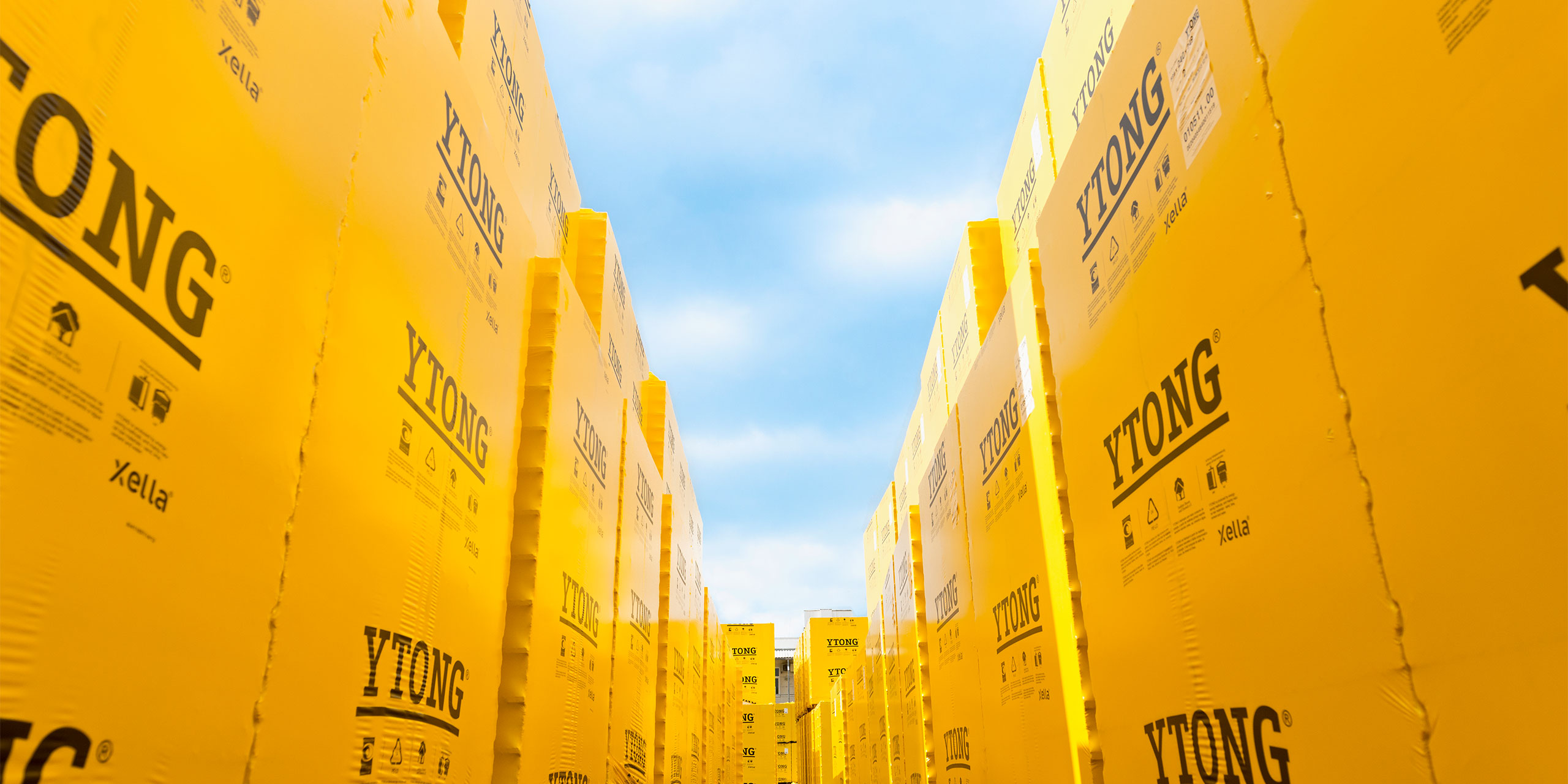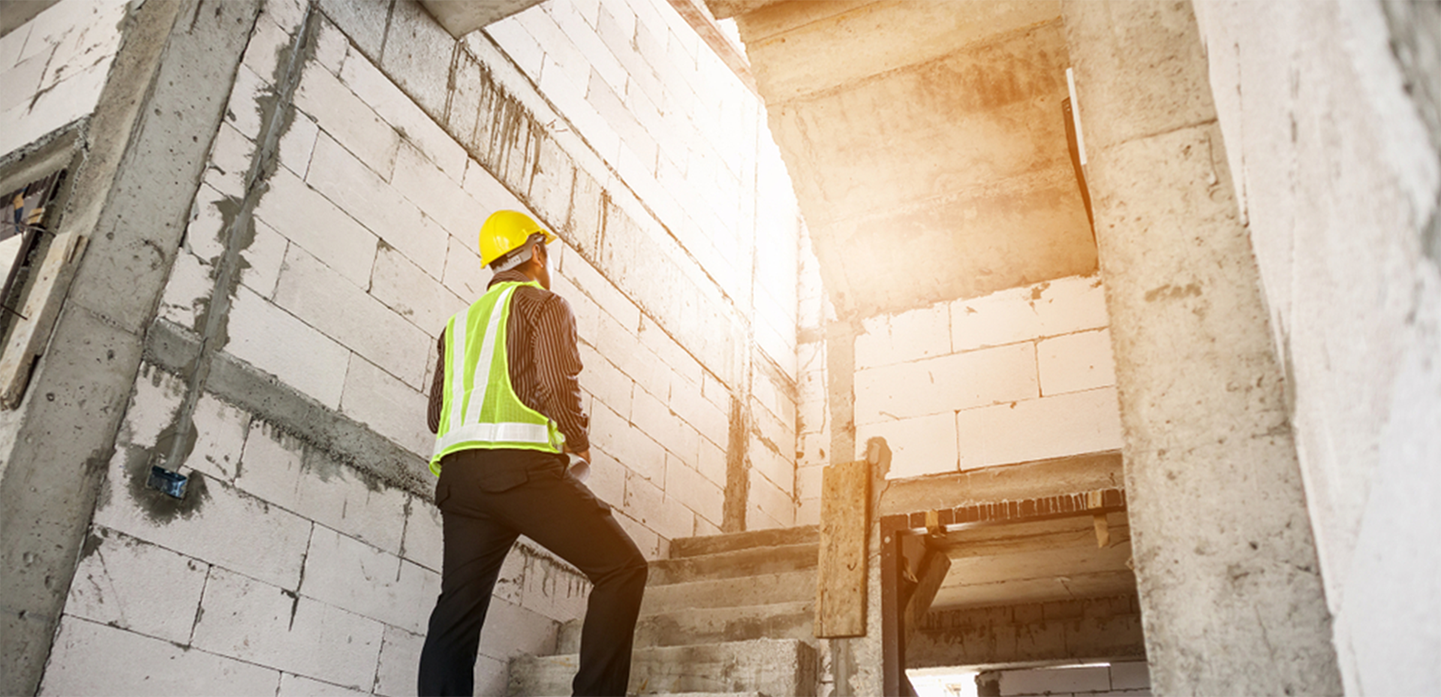Προϊόντα YTONG – Υψηλής τεχνολογίας & κορυφαίας ποιότητας blocks
Η YTONG είναι η μεγαλύτερη εταιρεία στον κόσμο παραγωγής αυτόκλειστου κυψελωτού σκυροδέματος – πορομπετόν και παράγει στην Ελλάδα υψηλής τεχνολογίας και καινοτόμα προϊόντα που ξεχωρίζουν για την κορυφαία ποιότητα, τη θερμομόνωση, την πυρασφάλεια και την αντισεισμική προστασία του.
Γιατί να επιλέξετε τα YTONG block?
Τα πλεονεκτήματα των προϊόντων YTONG είναι ανεξάντλητα. Δημιουργούμε με τελειότητα τα προϊόντα που κατασκευάζουμε, για να έχετε τα μέγιστα πλεονεκτήματα από κάθε άλλο δομικό υλικό. Εξετάστε τα 48 πλεονεκτήματα και θα βρείτε κάθε λόγο να επιλέξετε τα YTONG blocks.
Έργα ολοκληρωμένα με την κορυφαία ποιότητα YTONG
Με την επιλογή του YTONG, ο μόνος πλέον φραγμός που υπάρχει για το σχέδιο ενός κτιρίου είναι ηα φαντασία του αρχιτέκτονα, του σχεδιαστή ή του κατασκευαστή. Ανακαλύψτε μερικά από τα μοναδικά έργα που έχουν ολοκληρωθεί με την ποιότηα, καινοτομίακαι υψηλή τεχνολογία των προϊόντων YTONG.















